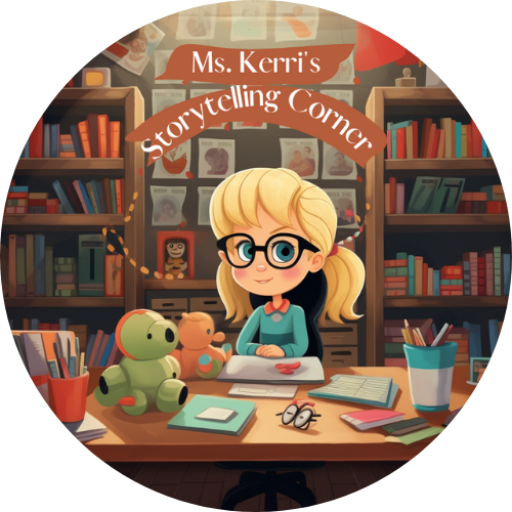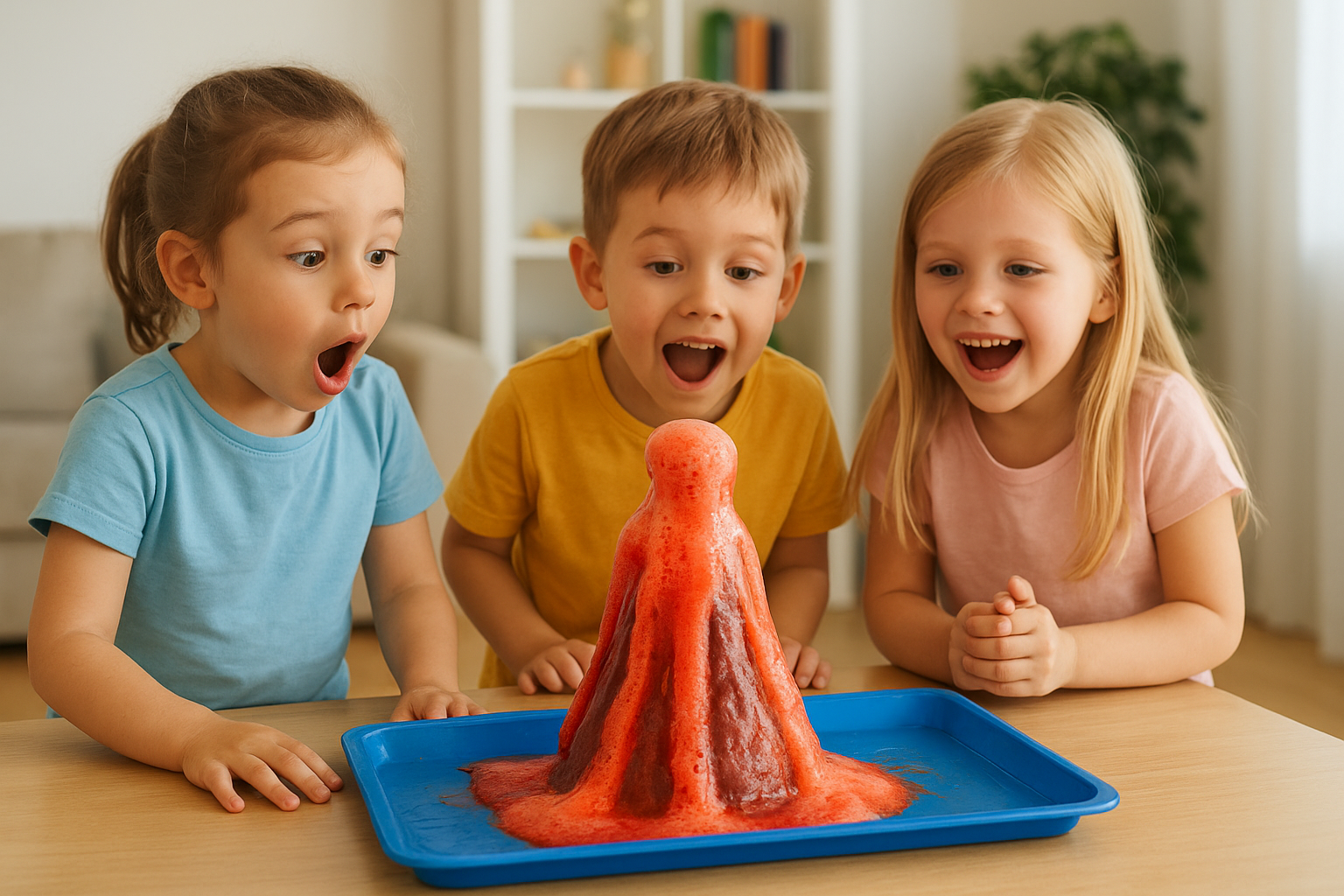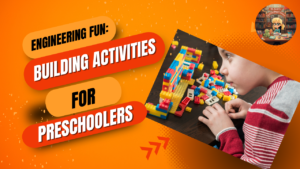Integrating play-based learning and STEM for preschoolers isn’t just an educational trend — it’s a research-backed approach that taps into children’s natural curiosity and builds stronger foundations for lifelong learning. In this article, we’ll explore why play-based STEM learning works better than worksheets for preschoolers, how to implement it effectively, and what the research says about its success.
The Roots: What Is Play-Based Learning + STEM for Preschoolers?
“Play-based learning” means children explore, experiment, and discover through play rather than direct instruction or worksheets.
When combined with STEM (Science, Technology, Engineering, and Math) for preschoolers, this approach allows children to investigate, problem-solve, and think critically while having fun.
Through play-based STEM learning, preschoolers build bridges with blocks, observe cause and effect, and measure, test, and predict — all through natural, joyful play.
👉 Learn more about how this works at Accelerate Learning’s early education blog.
Why Play-Based STEM Learning Outperforms Worksheets
Builds Deeper Understanding, Not Just “Right Answers”
Worksheets often ask for rote answers, but play invites experimentation and problem-solving. In play-based STEM, preschoolers hypothesize, test, and revise ideas, leading to a stronger grasp of concepts.
See more at Preschool Steam’s insights.

Aligns with Children’s Natural Development
Preschoolers learn best by moving, manipulating, and exploring. Sitting still for worksheets doesn’t align with their developmental stage. Play-based approaches engage the whole child — physically, emotionally, socially, and cognitively.
For evidence, check out IES’s article on prioritizing play in early education.
Encourages Curiosity, Ownership, and Motivation
When learning feels like play, children take charge of their curiosity. They lead their own explorations, make discoveries, and learn persistence through trial and error. Worksheets can’t replicate that joy or autonomy.
Read how play fosters intrinsic motivation at The Genius of Play.
Fosters Flexible Thinking and Creativity
Through playful experimentation, preschoolers learn to adapt and find new solutions when things don’t go as planned. This flexible thinking is a core benefit of play-based learning and STEM for preschoolers — and something worksheets rarely develop.
Boosts Language, Social, and Emotional Growth
Collaborative play involves communication, negotiation, and storytelling. These moments strengthen social-emotional learning and language development — essential for school readiness.
For further reading, explore NAEYC’s Power of Playful Learning.
How to Implement Play-Based STEM Learning in Preschool
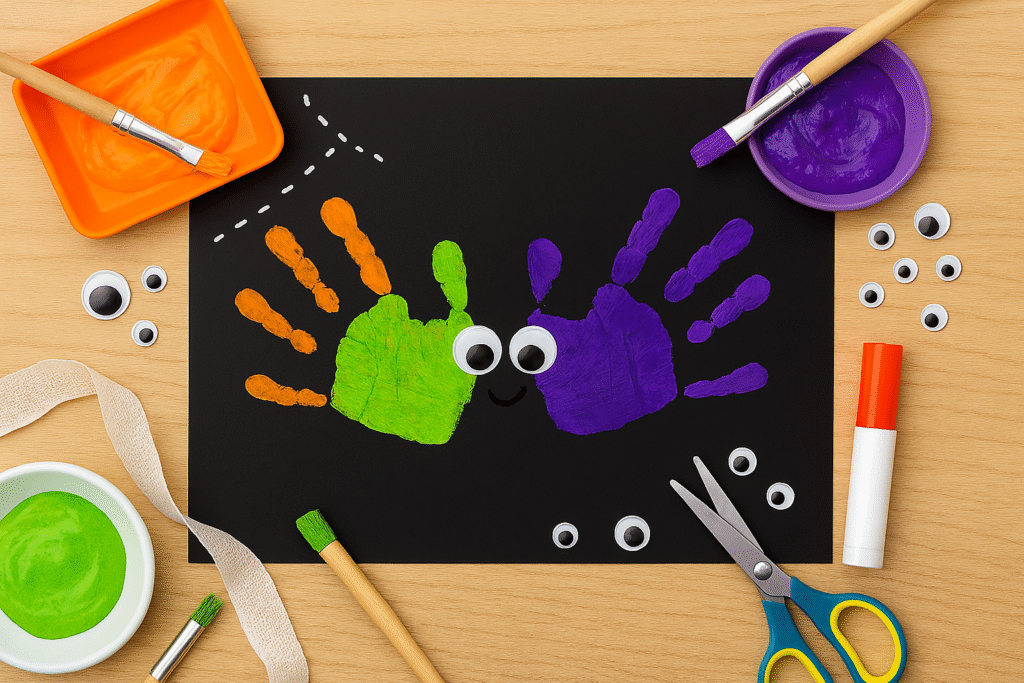
Blend Structure with Freedom
Use guided play — set up environments or pose STEM challenges, but allow children to explore freely. This balance keeps learning purposeful yet self-directed.
Provide Rich Materials and Loose Parts
Swap worksheets for open-ended materials like blocks, magnets, tubes, sand, and water. These materials encourage experimentation and hands-on discovery.
Explore material ideas from Invent.org’s STEM Benefits in Preschool Whitepaper.
Ask Thoughtful Questions
Prompt thinking with open-ended questions:
- “What do you notice?”
- “What might happen if we change this?”
- “Why do you think that worked?”
Document Through Observation
Instead of collecting worksheets, observe and document children’s learning through photos, notes, and portfolios. This showcases growth over time and engages parents.
Here’s a guide from CHS Learn.
Involve Families in Play-Based STEM
Encourage families to extend play at home — from building ramps to nature sorting. Home-school continuity strengthens the impact of play-based STEM learning.
Sample Play-Based STEM Activities for Preschoolers
Try these engaging ideas:
- Water and Weight Experiments: Predict which items sink or float, then test results.
- Block Bridges: Design bridges using blocks or sticks and test their strength.
- Ramp and Roller: Use tubes or cardboard ramps to explore motion and speed.
- Nature Walk Sorting: Collect and sort leaves or rocks by size, color, or texture.
- Shadow Play: Explore light and shadows using flashlights and objects.
These activities develop observation, reasoning, and early math skills — all through play.

Common Misconceptions About Play-Based STEM Learning
| Concern | Response |
|---|---|
| “How will we assess without worksheets?” | Use observation, photos, and child interviews to track progress. |
| “Kids need structure for school readiness.” | Structure exists within guided play, not just in seatwork. |
| “Parents expect visible ‘work’.” | Share portfolios and photos to show learning in action. |
| “It’s too time-consuming.” | Even short, 15-minute play stations can nurture STEM skills. |
What the Research Says
- Play-based STEM increases engagement and builds critical thinking in early learners.
(Afterschool Alliance) - Home-school collaboration in play-based STEM strengthens science understanding.
(Digital Promise) - Play nurtures flexibility, resilience, and problem-solving — foundations for future academics.
(Research Outreach) - Worksheets test recall but do not encourage creativity or inquiry.
(Preschool Steam)
Tips for Teachers and Parents
- Start with one play-based STEM center in your classroom.
- Rotate materials weekly to maintain excitement.
- Partner with families for consistency between home and school.
- Reflect on what children say and do during play — that’s assessment data!
- Offer prompts instead of instructions to spark curiosity.
- Celebrate mistakes as learning moments.
Conclusion
When we combine play-based learning and STEM for preschoolers, we create a classroom that celebrates curiosity, collaboration, and critical thinking. Worksheets may measure memorization, but play measures imagination — and that’s where true learning begins.
By embracing play-based STEM, educators and parents give children a head start not just in academics, but in creativity, communication, and confidence.
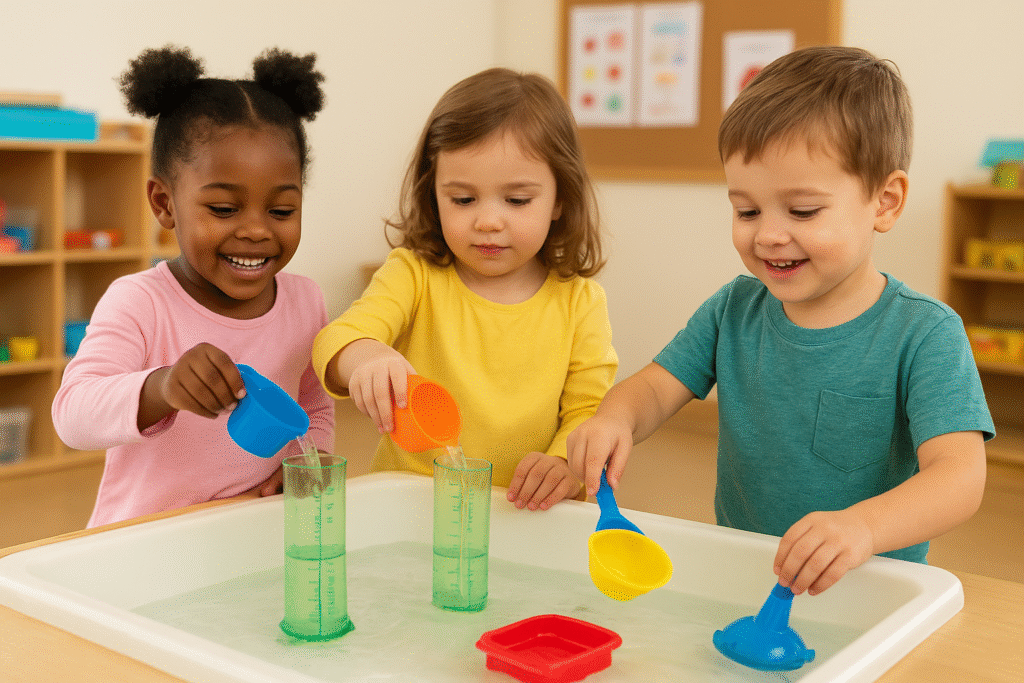
FAQs
Q1: What is play-based STEM learning?
It’s a hands-on approach where preschoolers explore STEM ideas — science, technology, engineering, and math — through play instead of worksheets.
Q2: Why is play-based STEM better than traditional teaching?
Because it nurtures creativity, curiosity, and deep understanding, not just rote memorization.
Q3: Can play-based STEM learning prepare kids for school?
Yes! It builds cognitive, social, and emotional skills essential for academic success.
Q4: What materials work best for play-based STEM?
Blocks, natural items, water, sand, measuring tools, and recycled materials all promote exploration.
Q5: How do teachers track progress without worksheets?
Through observation, photos, and documentation of children’s process and reflection.
Q6: How can parents support play-based STEM at home?
Provide open-ended play materials, ask curiosity-driven questions, and celebrate experimentation.


Ms. Kerri’s Corner provides a exciting virtual space for preschool learning. Through a variety of engaging activities, she exposes young minds to early math, literacy, science and social-emotional skills in a developmentally appropriate way. Centers for blocks, art, books and music allow children to explore hands-on learning at their own pace. Guided lessons subtly introduce number sense, letter sounds and narrative thinking. Careful observation gives insight into each child’s progress across domains. Viewers are also invited to participate, reinforcing that their ideas are valued. By making learning fun yet purposeful, Ms. Kerri lays the groundwork for future academic success while fostering creativity and imagination. Her program offers preschoolers valuable screen-based learning experiences.
